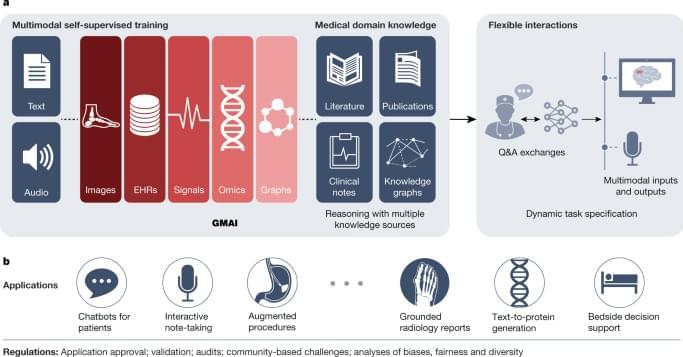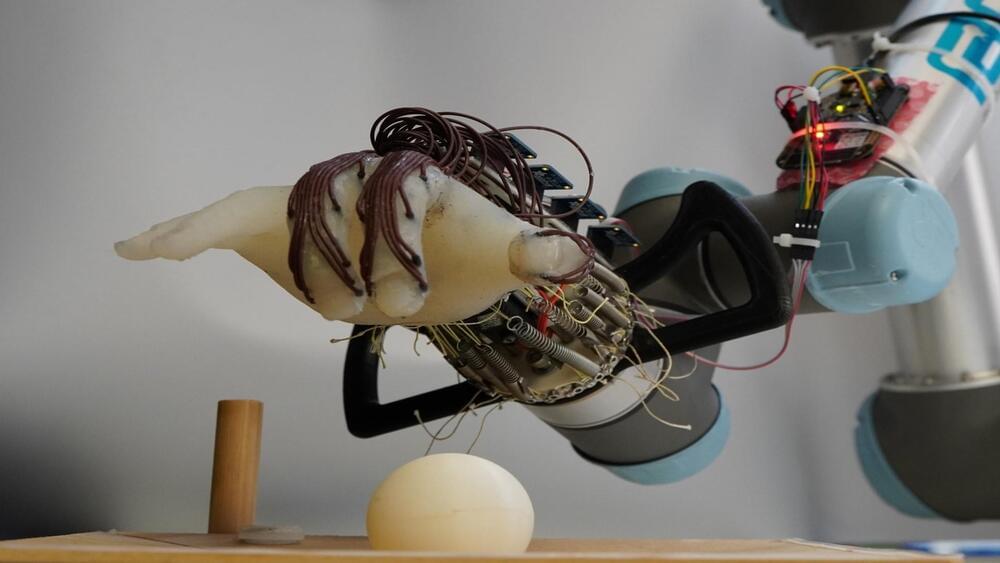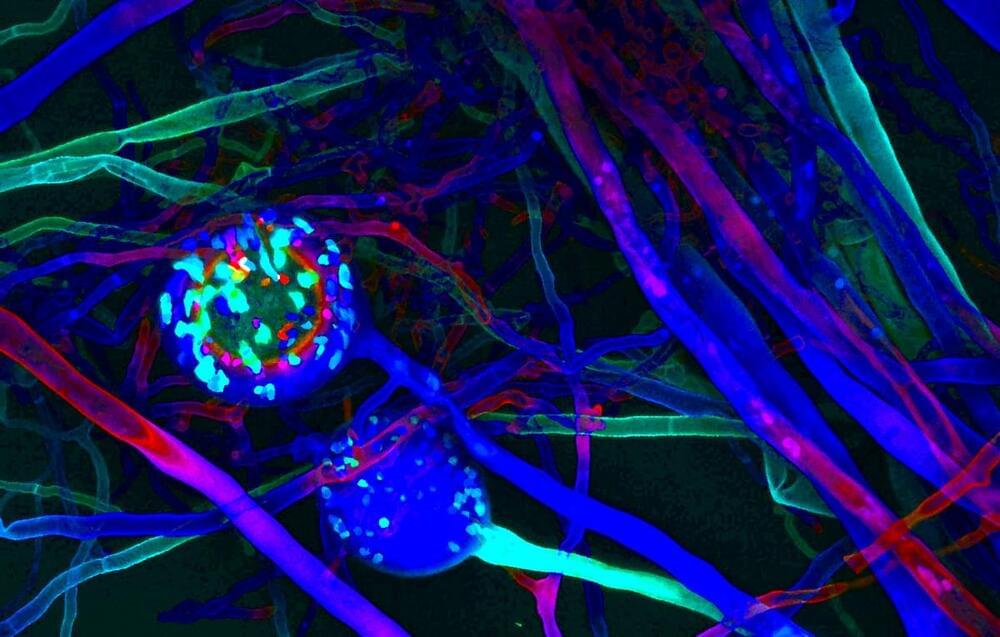L.A.s 13 most essential works of speculative fiction, from Octavia Butler, Philip K. Dick, Aldous Huxley, Salvador Plascencia and many more.




In the last decade, we have witnessed biology bring us some incredible products and technologies: from mushroom-based packaging to animal-free hotdogs and mRNA vaccines that helped curb a global pandemic. The power of synthetic biology to transform our world cannot be overstated: this industry is projected to contribute to as much as a third of the global economic output by 2030, or nearly $30 trillion, and could impact almost every area of our lives, from the food we eat to the medicine we put in our bodies.
The leaders of this unstoppable bio revolution – many of whom you can meet at the SynBioBeta conference in Oakland, CA, on May 23–25 – are bringing the future closer every day through their ambitious vision, long-range strategy, and proactive oversight. These ten powerful women are shaping our world as company leaders, biosecurity experts, policymakers, and philanthropists focused on charting a new course to a more sustainable, equitable, clean, and safe future.
As an early pioneer in the high-throughput synthesis and sequencing of DNA, Emily Leproust has dedicated her life to democratizing gene synthesis to catapult the growth of synthetic biology applications from medicine, food, agriculture, and industrial chemicals to DNA data storage. She was one of the co-founders of Twist Bioscience in 2013 and is still leading the expanding company as CEO. To say that Twist’s silicon platform was a game-changer for the industry is an understatement. And it is no surprise that Leproust was recently honored with the BIO Rosalind Franklin Award for her work in the biobased economy and biotech innovation.

Cambridge University researchers developed a novel robotic hand that works with minimal finger actuation.
In a significant breakthrough, researchers at the University of Cambridge have designed an energy-efficient robotic hand that can grasp a variety of objects with minimal finger actuation, according to a study published on April 11 in Advanced Intelligent Systems.
By relying on passive wrist movement and tactile sensors embedded in its ‘skin,’ the 3D-printed hand can carry out complex movements, paving the way for low-cost, energy-efficient robotics with more natural and adaptable activities.

Humongous Fungus, a specimen of Armillaria ostoyae, has claimed the title of world’s largest single organism. Though it features honey mushrooms above ground, the bulk of this creature’s mass arises from its vast subterranean mycelial network of filamentous tendrils. It has spread across more than 2,000 acres of soil and weighs over 30,000 metric tons. Yet I would contend that Humongous Fungus represents a mere microcosm of the world’s true largest organism, a creature that I will call Cyborg Earth. What is Cyborg Earth? Eastern religions have suggested that all life is fundamentally interconnected. Cyborg Earth represents an extension of this concept.
All across the globe, biological life thrives. Quintillions upon quintillions of biomolecular computations happen every second, powering all life. Mycoplasma bacteria. Communities of leafcutter ants. The Humongous Fungus. Beloved beagles. Seasonal influenza viruses. Parasitic roundworms. Families of Canadian elk. Vast blooms of cyanobacteria. Humanity. Life works because of complexity that arises from simplicity that in turn arises from whatever inscrutable quantum mechanical rules lay beneath the molecular scale.
All creatures rearrange atoms in various ways. Termites and beavers rearrange larger bunches of atoms than most organisms. As humans progressed from paleolithic to metalwork to industrialization and then to the space age, information revolution, and era of artificial intelligence, they learned to converse with the atoms around them in an ever more complex fashion. We are actors in an operatic performance, we are subroutines of evolution, we are interwoven matryoshka patterns, an epic chemistry.
The procedure is a long, long way from being applicable to humans, the researchers stress. But their findings, published today in Nature Cardiovascular Research, reshape our understanding of the regenerative capabilities of the heart – and possibly other organs – and how they might be enhanced through preventive medical intervention.
“It’s a proof of concept,” says Tzahor, “and it points to new avenues of research that examine giving heart treatment not only after the damage happens, but from a preventive position that increases the capacity for recovery from an injury before the damage even occurs.”
On 12 April 1961, cosmonaut Yuri Gagarin launched on Vostok-1 (Vostok-K rocket & Vostok 3KA space capsule) to become the first person to orbit the Earth, the first human in space. His flight lasted for 1 hour and 48 minutes.
Credit: Roscosmos


While much-debated AI tools will not automate or elevate every digital assault, phishing scheme or hunt for software exploits, NSA’s Rob Joyce said April 11, what it will do is “optimize” workflows and deception in an already fast-paced environment.
“Is it going to replace hackers and be this super-AI hacking? Certainly not in the near term,” Joyce said at an event hosted by the Center for Strategic and International Studies think tank. “But it will make the hackers that use AI much more effective, and they will operate better than those who don’t.”
U.S. officials consider mastery of AI critical to long-term international competitiveness — whether that’s in defense, finance or another sector. At least 685 AI projects, including several tied to major weapons systems, were underway at the Pentagon as of early 2021.